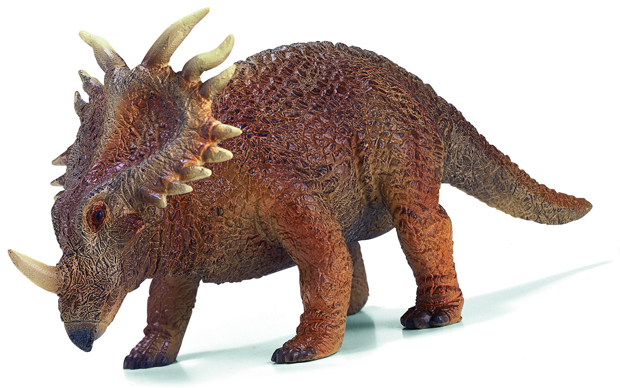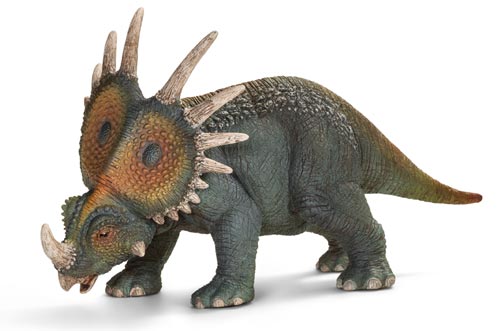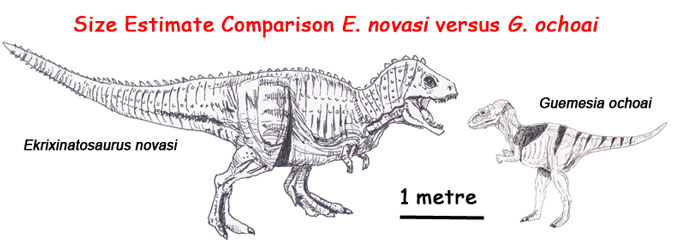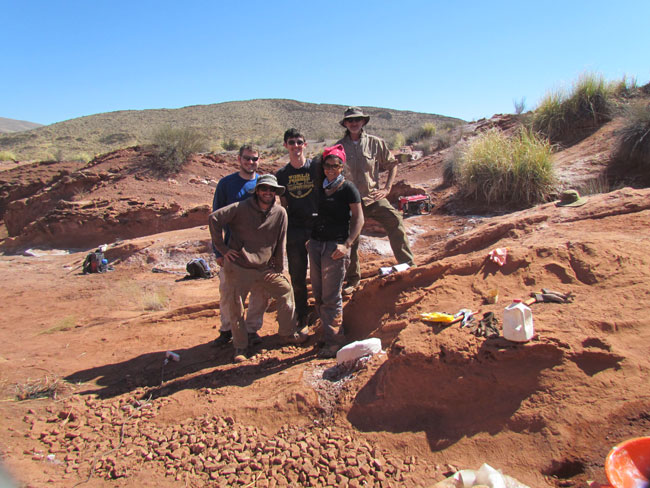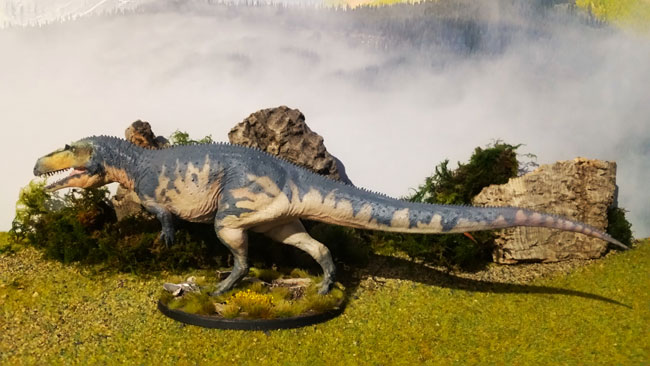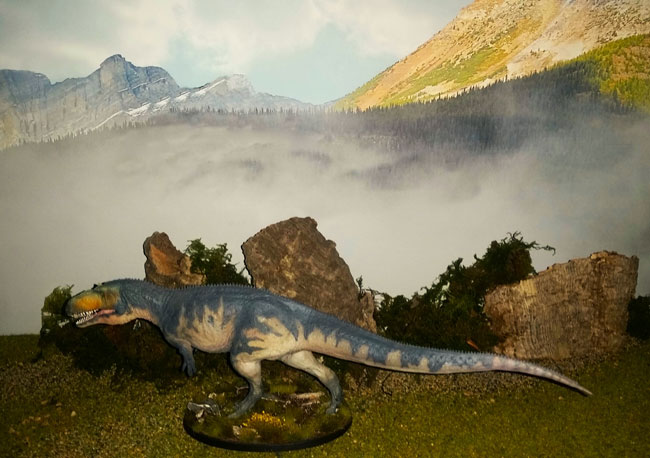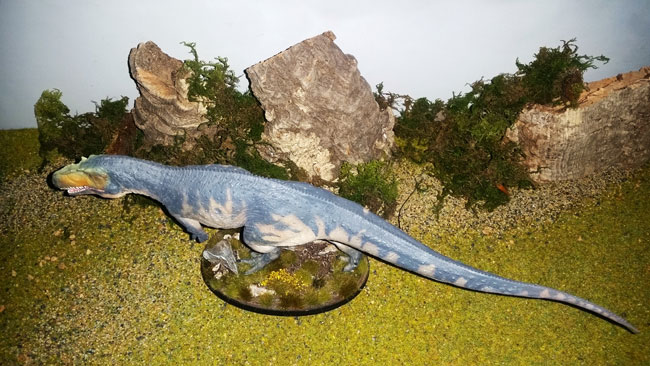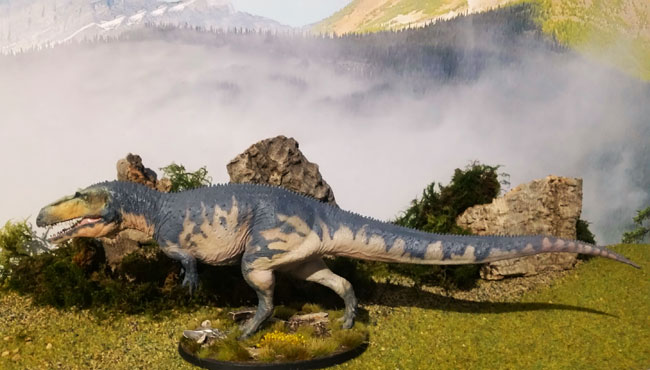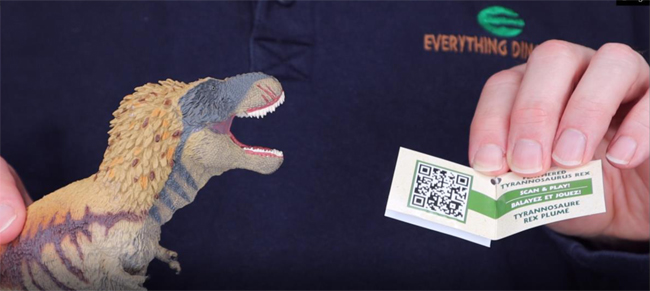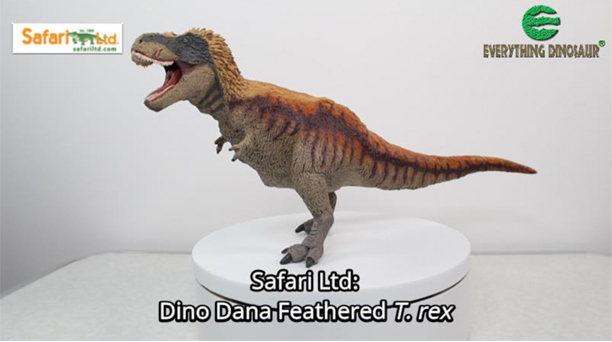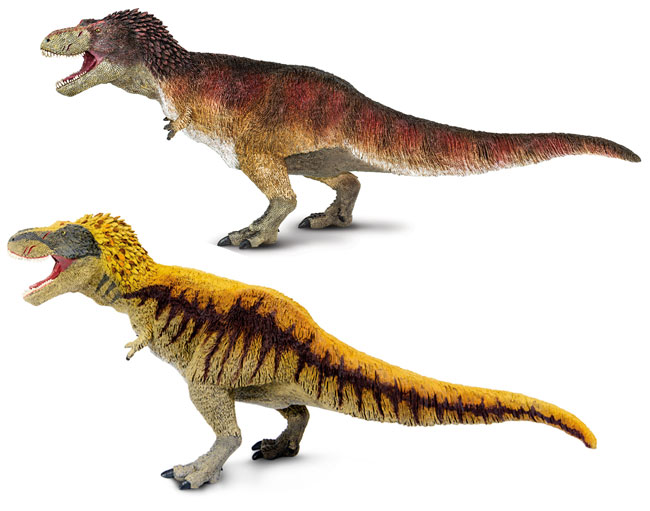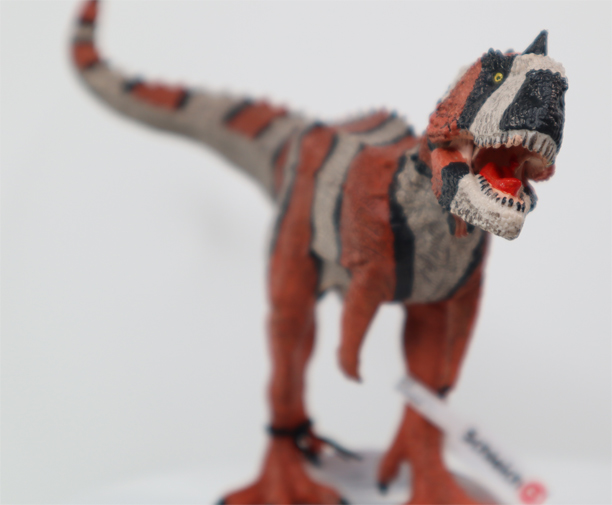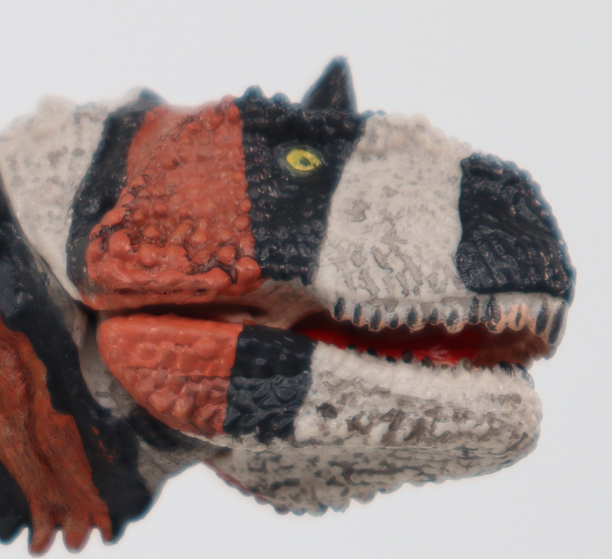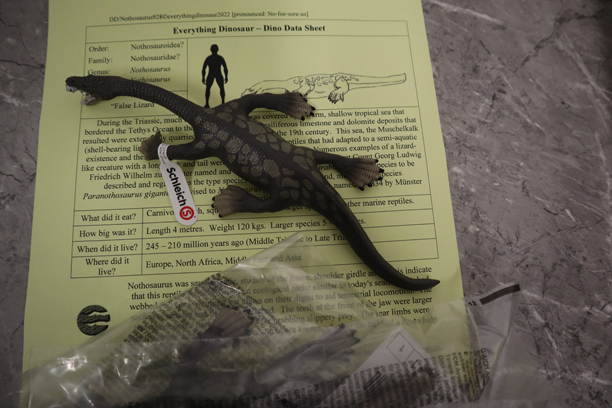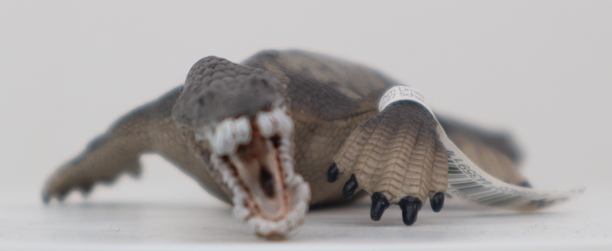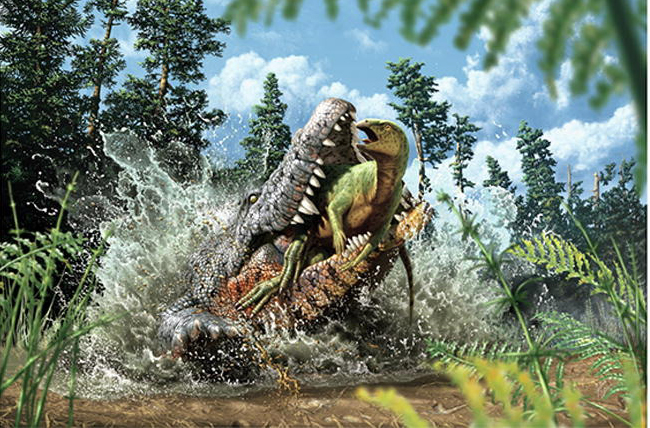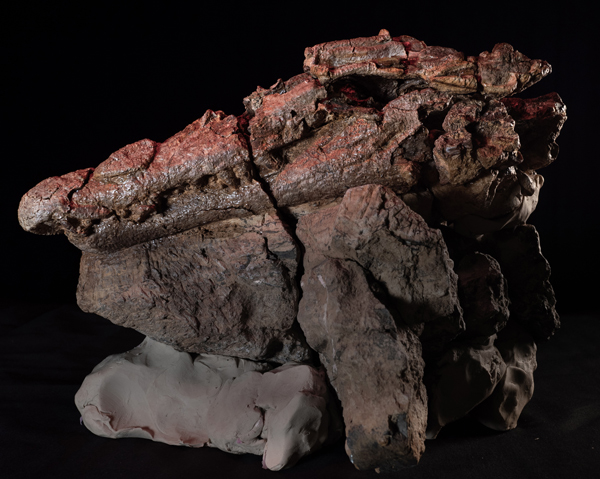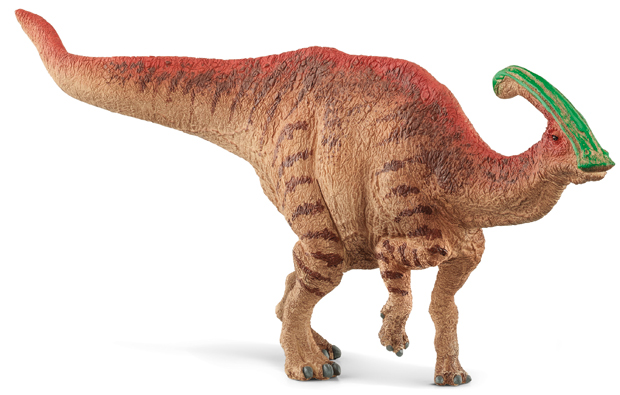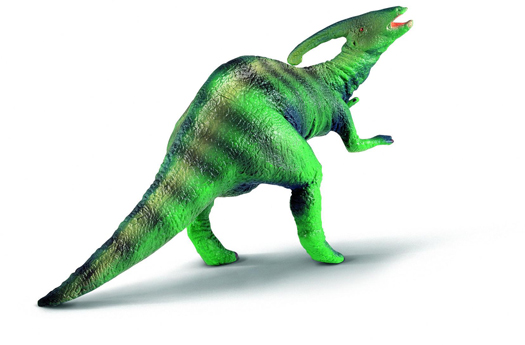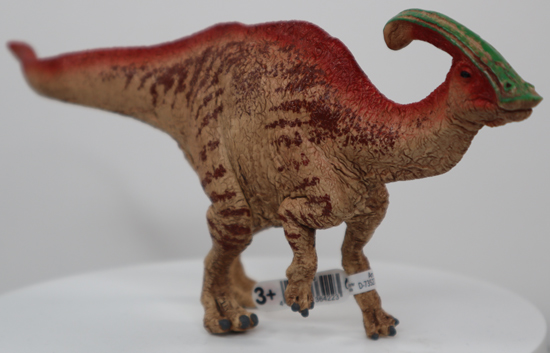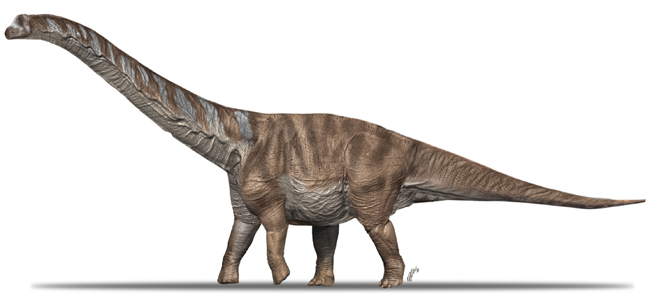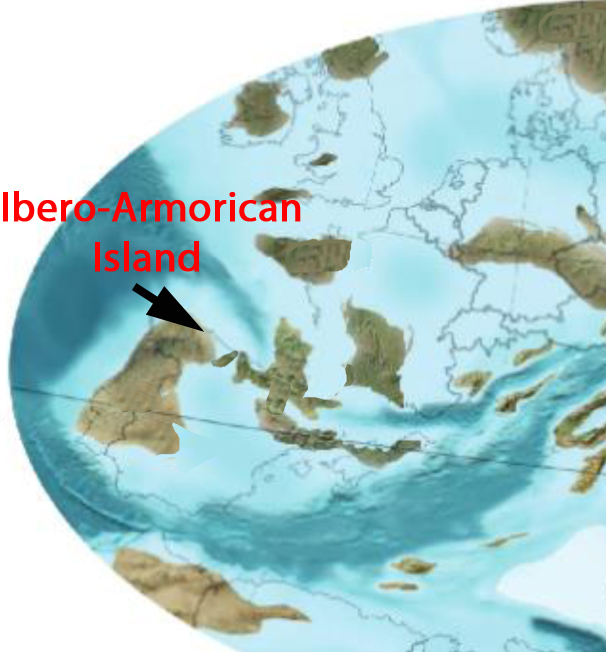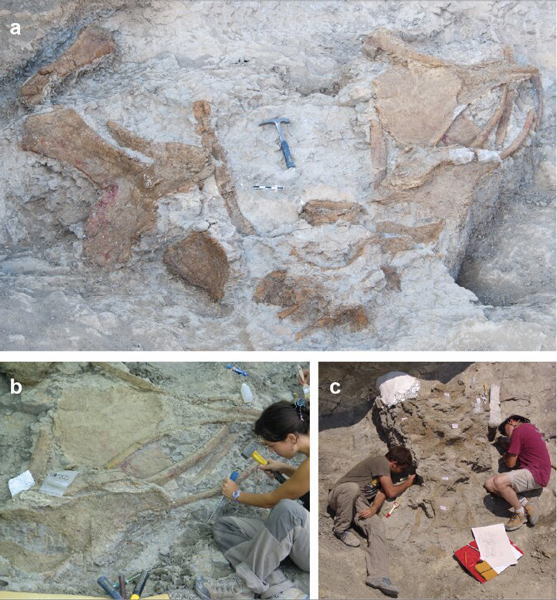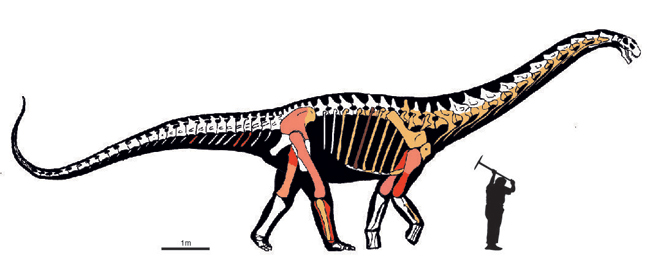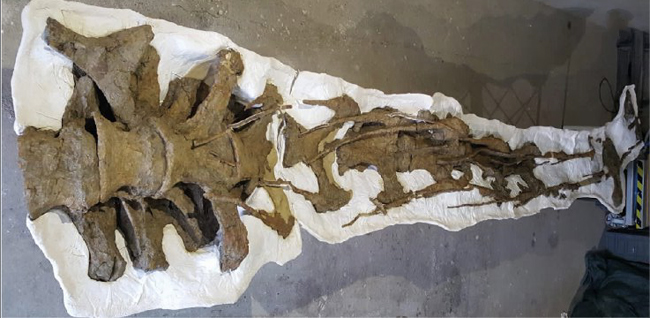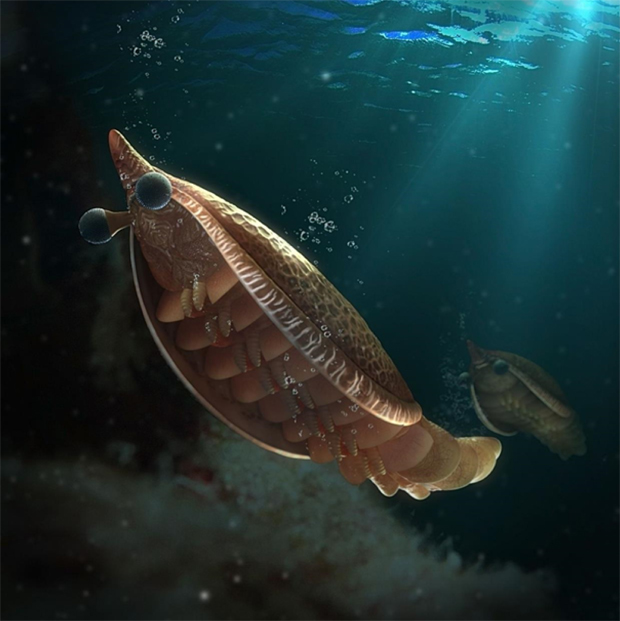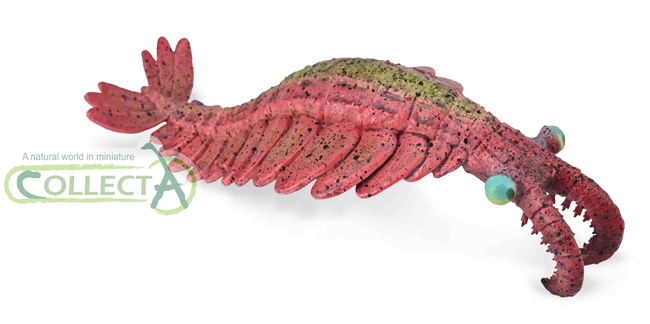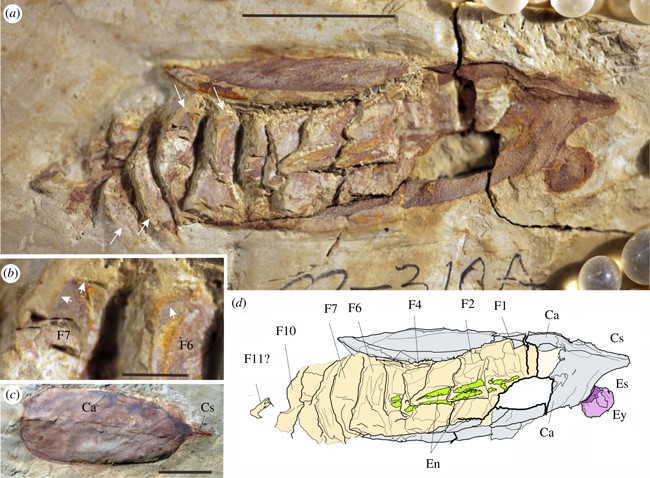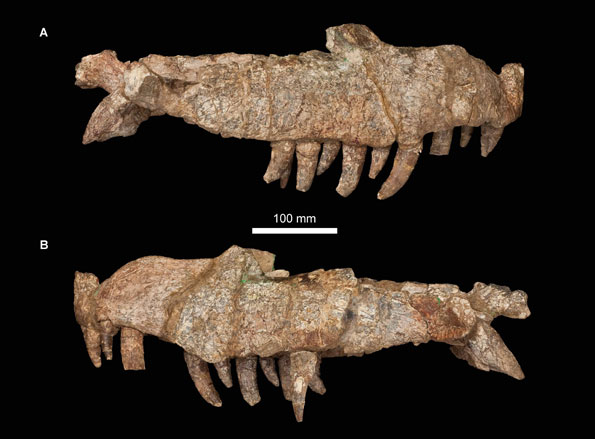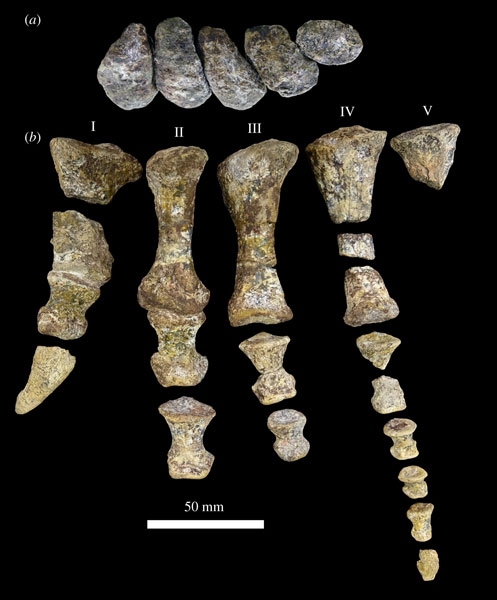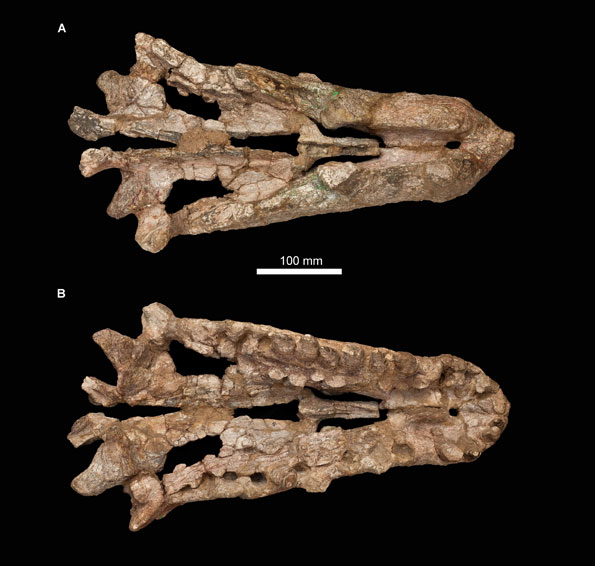The Evolution of the Schleich Styracosaurus
Schleich, the German manufacturer of models and figures has recently introduced five new for 2022 prehistoric animal models. Four of these figures are dinosaurs (Amargasaurus, Majungasaurus, Parasaurolophus and Styracosaurus). Schleich has made replicas of Parasaurolophus and Styracosaurus before. When reviewing the new for 2022 Schleich Parasaurolophus and producing a short video showcase of the model, team members at Everything Dinosaur included an image of Schleich’s “Replica-Saurus” Parasaurolophus that was introduced in the mid-1990s: Schleich Parasaurolophus Video Showcase. Today, we take a brief look at the previous Styracosaurus figures that the German company has made.
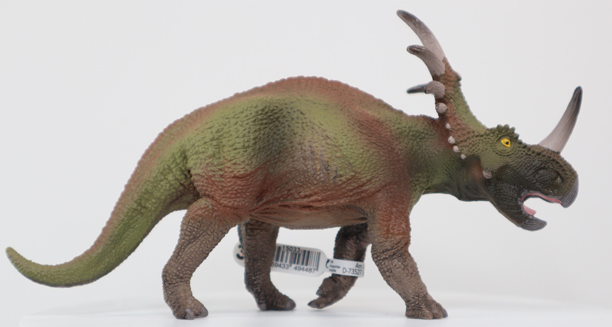
The new for 2022 Schleich Styracosaurus dinosaur model in lateral view. The Styracosaurus figure measures over 19 cm long. Picture credit: Everything Dinosaur.
Picture credit: Everything Dinosaur
“Saurus” Styracosaurus Dinosaur Model
Everything Dinosaur estimates that the “Replica-Saurus” series of prehistoric animal models was first introduced by Schleich around 1996. This painted vinyl range, originally consisting of eight replicas, was often described as being a range of 1:40 scale figures. Styracosaurus was not one of the first figures made, but the series proved popular and soon more dinosaurs were added including a “Saurus” Styracosaurus.
The Styracosaurus was typical of the dinosaur models produced at the time. Heavily influenced by palaeoartists such as Knight and Burian, the models tended to be dark brown or green with little sign of the imaginative colouring seen in later figures. Everything Dinosaur did stock this figure in the early years of this century, but the “Replica Saurus” range was gradually replaced and Schleich introduced the “Dinosaurs” sub-brand and this heralded the start of much more colourful prehistoric animal figures. An example of which, would be the 2013 Styracosaurus model, one of two dinosaur figures introduced by Schleich that year.
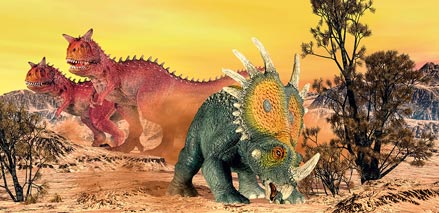
Schleich added two dinosaur models to its product portfolio in 2013, a Styracosaurus (foreground) and a crimson coloured Carnotaurus (background).
The image (above) shows the Schleich Styracosaurus figure with two abelisaurs in the background. A spokesperson confirmed that abelisaurs are not known from North America and that Styracosaurus was not hunted by these theropods.
The award-winning Everything Dinosaur website: Dinosaur Toys.
The Schleich 2013 Styracosaurus Model
The second Styracosaurus model was introduced in 2013. It commemorated the centenary of the naming and scientific description of this iconic Late Cretaceous horned dinosaur (Lambe 1913). In 2016 Schleich dropped the umbrella “World of History” branding and re-organised their dinosaur range once more. Sadly, the 2013 Styracosaurus was short-lived and within just a few years the figure was retired and moved out of production.
The New for 2022 Schleich Styracosaurus figure
Styracosaurus fans have had to wait for nearly a decade for a new Schleich “spiked lizard” replica. The new for 2022 Schleich Styracosaurus figure has been well-received by dinosaur model fans and collectors. Of the five new models of extinct creatures introduced by Schleich this year (2022), the Styracosaurus is our personal favourite.
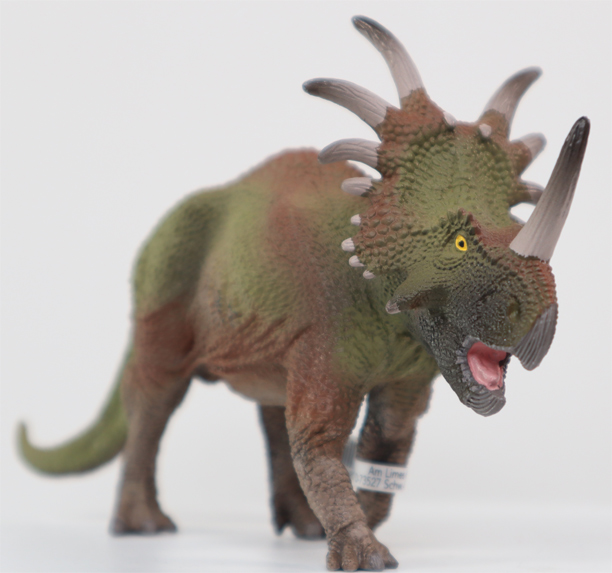
The Schleich Styracosaurus dinosaur model shown in oblique anterior view. Picture credit: Everything Dinosaur.
Picture credit: Everything Dinosaur
To view the new for 2022 Schleich prehistoric animal models and the rest of the Schleich range in stock at Everything Dinosaur: Schleich Dinosaurs.


